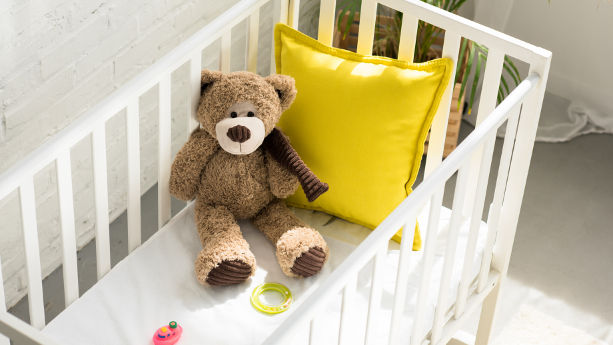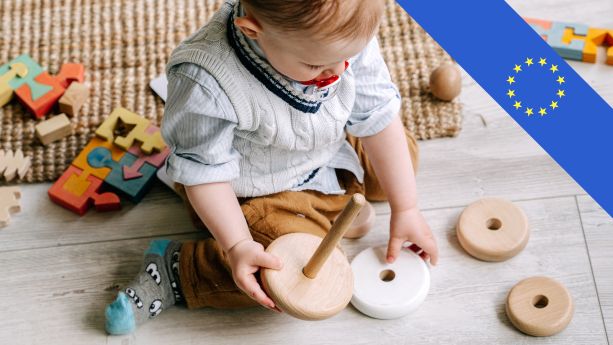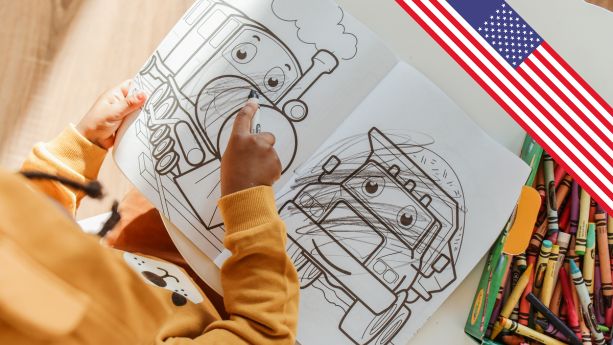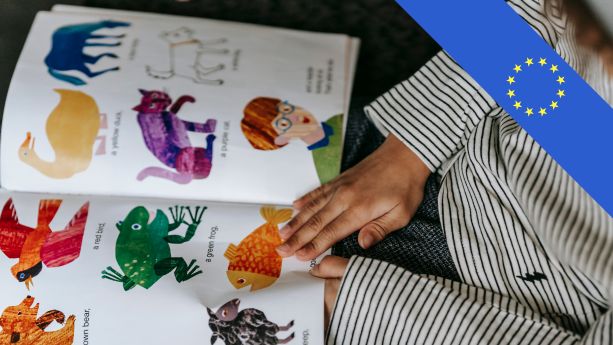
The Consumer Product Safety Improvement Act (CPSIA) regulates products that are intended for children aged 12 and younger. The requirements of the CPSIA apply to various categories of children’s products, including toys and durable infant or toddler products, such as play yards and high chairs.
This guide provides examples of children’s products covered by the CPSIA and examples of safety rules and standards related to each product category. Note, however, that the CPSIA regulates all products that are intended for children, not only the products that are listed in this guide or for which there exists a specific safety rule.
Methodology
1. This guide lists products regulated by existing children’s product safety rules “requiring third-party testing and a children’s product certificate”, as listed on the CPSC’s relevant guidance document. It also lists children’s footwear, jewelry, and school and stationery items, even though we could not find any specific safety rules for these products listed in the guidance document.
2. Besides listing products, each section of this guide lists the safety rules that we could find that apply to the mentioned product categories. Note that:
a. Other relevant safety rules and standards may exist, besides the ones listed in this guide
b. Some rules apply to many different types of products, such as 16 CFR part 1501, which covers small parts.
c. Some rules cover substance restrictions (e.g., lead or phthalates). As such, they are relevant for many product categories. We found the following three:
- 16 CFR Part 1303 – Ban of Lead-Containing Paint and Certain Consumer Products Bearing Lead-Containing Paint
- 16 CFR Part 1307 – Prohibition of Children’s Toys and Child Care Articles Containing Specified Phthalates
- 15 U.S.C. § 1278a – Children’s products containing lead; lead paint rule
d. Besides listing all the safety rules provided in the CPSC’s guidance document, this guide also lists some additional safety rules and standards, such as 16 CFR Part 1120 and ASTM F2412.
e. Some of the listed products are deemed to be durable infant or toddler products, for which additional requirements apply. In this case, we mention this information in the guide.
Continue reading List of Products Covered by CPSIA: An Overview



















 Create compliance checklists for your product (US, EU & UK)
Create compliance checklists for your product (US, EU & UK) 20+ product certificate templates
20+ product certificate templates Create label files
Create label files Book product testing
Book product testing